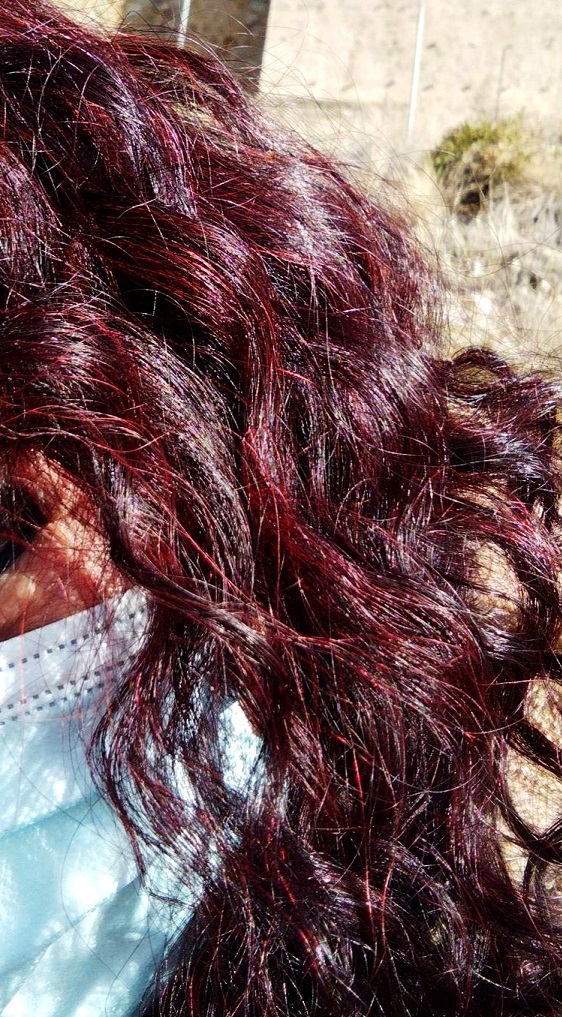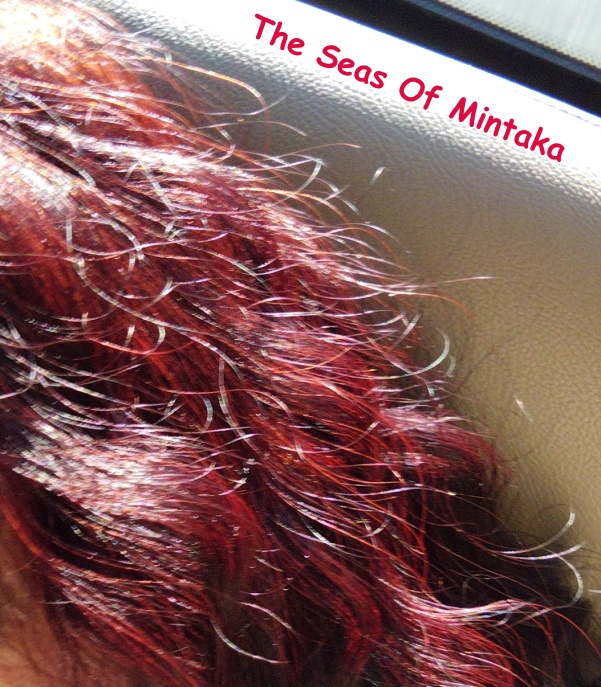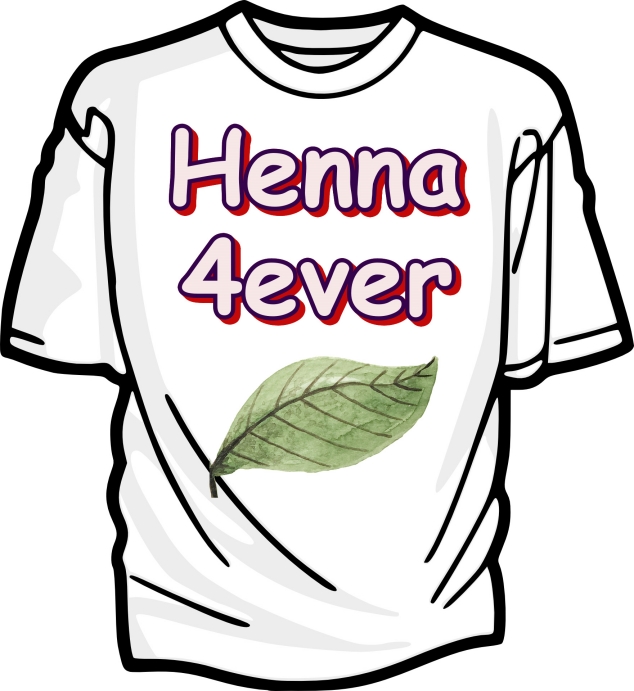Continuing on the subject of hair care as I’ve been doing for the past few months, I thought I’d share the current henna mix that I’m using these days.
Of course, when you mix up your henna you can always just use the pure powdered henna leaf all by itself and that’s just groovy.
But I like to enrich my mixture with other Ayurvedic herbs as well. I think it really helps to strengthen the hair more, make it thicker as well as conditioning the scalp and stimulating hair growth.
But I wouldn’t know if that’s really true. However you can read up about how I’ve grown my hair back after postpartum hair loss…….. that never recovered.
I do experiment a lot. So three months from now I might not be stirring up the same mix anymore.
But today, these are the ingredients of my henna mix:
I have long, thick hair. So I need a total of about 300g of powder.
- 200g pure henna
- 50g cassia obovata
I use cassia because since my hair is black you can’t see the henna in it at all. Nope, none at all. Cassia helps to lighten the colour a bit, I don’t know how or why it works but it does.
I also use cassia so the henna doesn’t loosen my curls, because I love my curls!
- 50g manjistha
Manjistha is an herb that dyes red. It turns my hair a brilliant ruby red. I love it!
- spoonful of brahmi
- spoonful of bhringraj
- spoonful of powdered hibiscus
- dash of apple cider vinegar
- a good squirt of aloe vera gel
- hibiscus infusion
- few drops essential oils
I mix all the powders together in a non-metallic pot except manjistha. I squirt in the vinegar and aloe vera gel.
In a saucepan I infuse hibiscus petals by boiling them in hot water. I can find these at any herb shop.
When the water is hot (but not boiling) I pour it into the henna and, using a plastic spoon (but any non-metallic spoon will do like bamboo, wood, porcelain etc.), I mix it up until it’s a smooth, dense paste.
Then I let it sit for dye release.
Different types of henna require different dye release times.
My trick for obtaining intense ruby red hair is to dye release for about 8 hours, then store the henna in the fridge until I’m ready to use it.
This seems to bring out intense tones.
Dye releasing for shorter periods of time seems to bring out a lighter, more coppery shade. Which is also cool, sometimes one does feel like a change after all.
An hour before I want to apply the henna, I pour manjistha into a small bowl. I like to add a pinch of baking soda, they say it makes for a bluer red. I don’t know if it’s true but it never seemed to hurt.
Then I add more of the hibiscus infusion I used in the henna. Manjistha only needs to sit for about half an hour to release its gorgeous, scintillating colour.
When I’m ready to apply the henna I mix in the manjistha and stir it all up together. Add a few drops of whichever essential oils I feel like.
I don’t use essential oils for the fragrance. Personally I enjoy the smell of henna. I’ve learnt to associate it with anticipating beautiful hair haha.
I use essential oils to help the henna stick to the greys which I unfortunately sport now. Fortunately, though, I don’t sport too many hehe.
And now henna is ready to apply.
And here is the result:
Oh and by the way I purchase henna and Ayurvedic herbs from one of the many online shops that have sprung up since covid began. It has become a lot easier thanks to online shopping now to find these products than, say, 5 years ago.
You can just do a google search for these herbs. Or if you are in the US I have heard that Henna Sooq is a really neat online store where they sell everything mentioned in this post. I’ve never purchased from them before, after all I am not in the US. But if you are, I’ve heard that they are good.
So do you have your own favourite henna mix? Don’t hesitate to share it with me in the comments down below.
And while you’re sitting around waiting for the dye to act in your hair, why don’t you read one of my thriller novels? You can find out more about them here: Thrillers by Moi.
If you enjoyed this post (I really hope you do!), maybe you will also like:








